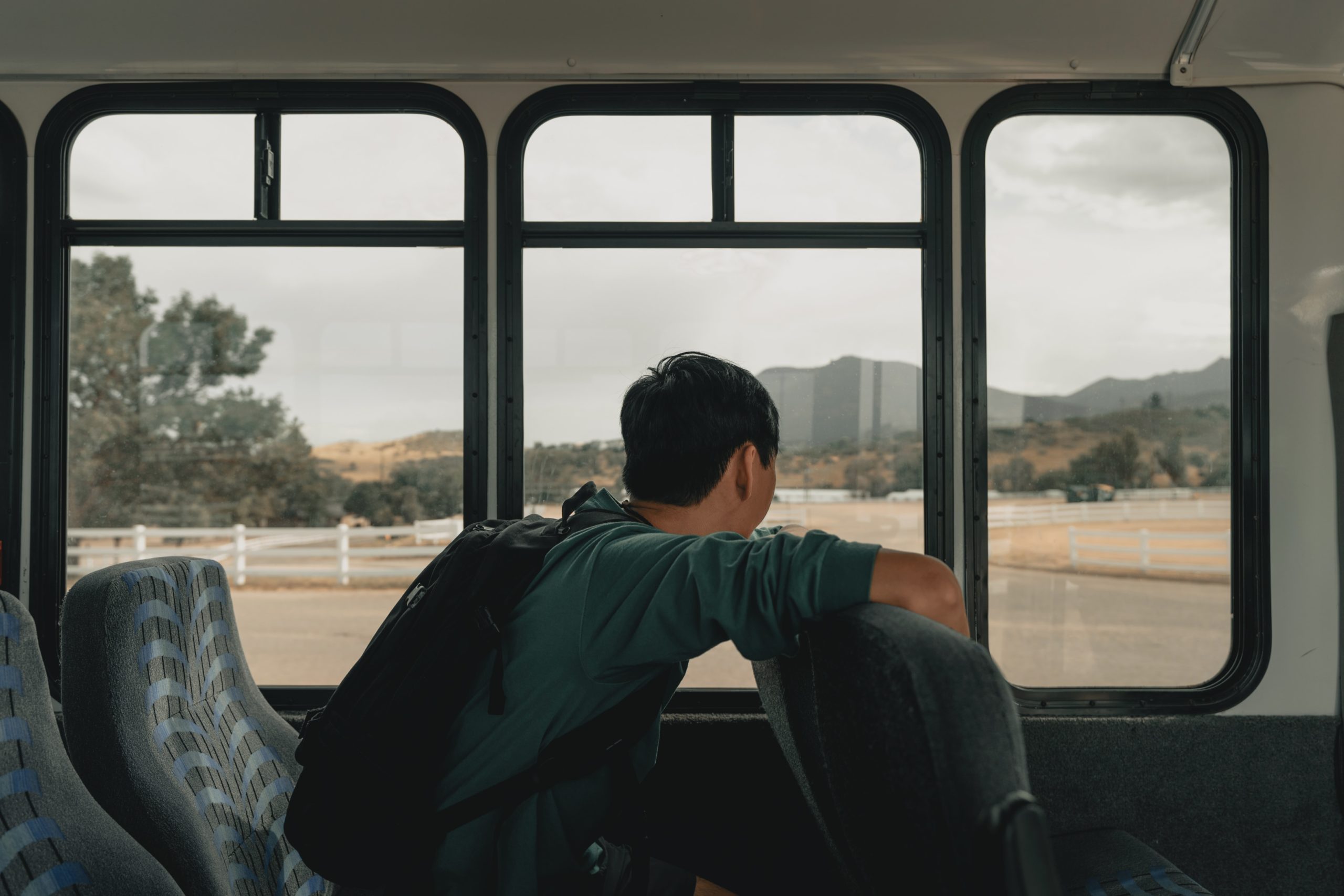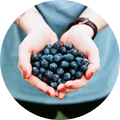
Many possible micro-practices
Here are some daily activities that are suitable for doing at the same time as we do micro-practices.
These are just a few examples of inspiration. Other activities and meditations can be as good or better.

When you eat. Try to have as much sensory clarity as possible of the tastes, smells, the feeling of the food in the mouth and the sounds. Take some extra time if you can and let the meal be even more satisfying.
When you go from one place to another . Maybe on the way to the post office or to the copier at work. Focus on the feeling of your feet against the ground, or notice the experience of just walking.
When driving a car, cycling, kicking absol The safest technique in traffic is to focus on the field of view, as you otherwise keep the overview — only with even better concentration. A positive side effect of focusing on what we see is that we become even more aware in traffic. Techniques other than seeing can be completely inappropriate and perhaps dangerous, so choose wisely!
When you exercise. Being more attentive in a workout often means that we get even better technique, and that we become more familiar with the body’s signals. In strength training it can enable us to perform more, because the nervous system is more focused, and we relax a little more during the rest periods.
During simple tasks that do not require much thinking, such as when we shovel snow, chop wood, mow the lawn, cut vegetables, do the dishes, wash the floor, etc. Keeping the attention only on the external senses ( Focus out ) is very suitable, and also just doing the activity you do (Automatic movement )
In addition to these activities, a micropractice can also be to stop in everyday life and do a tiny meditation session.
Photo by Clay Banks on Unsplash